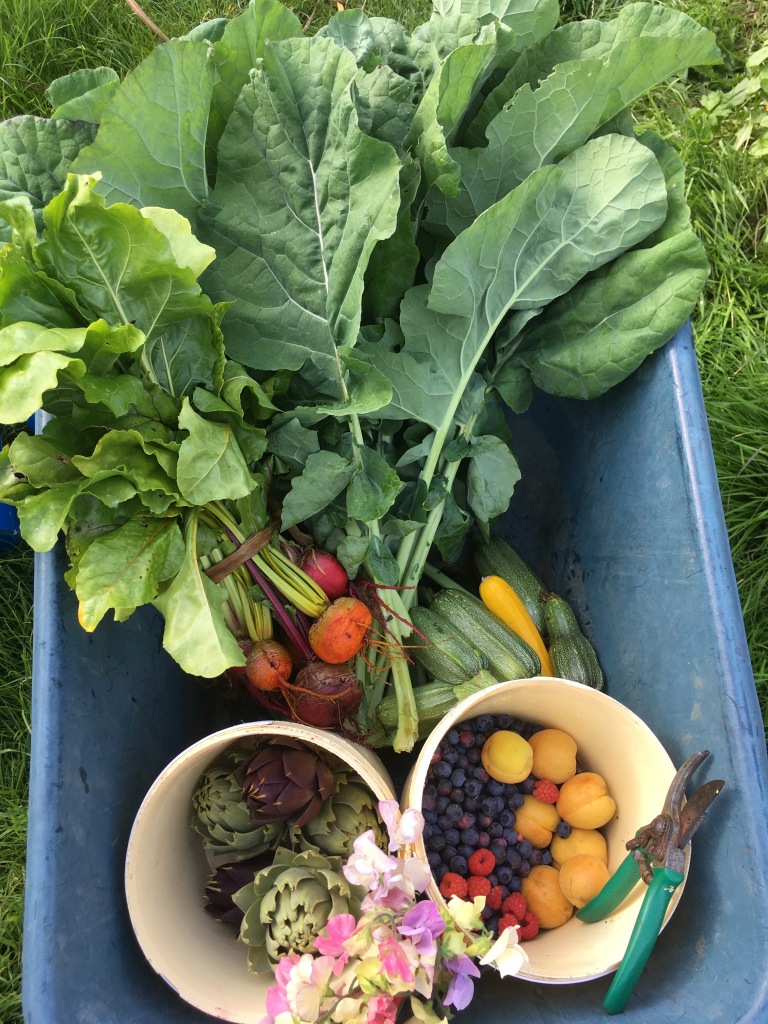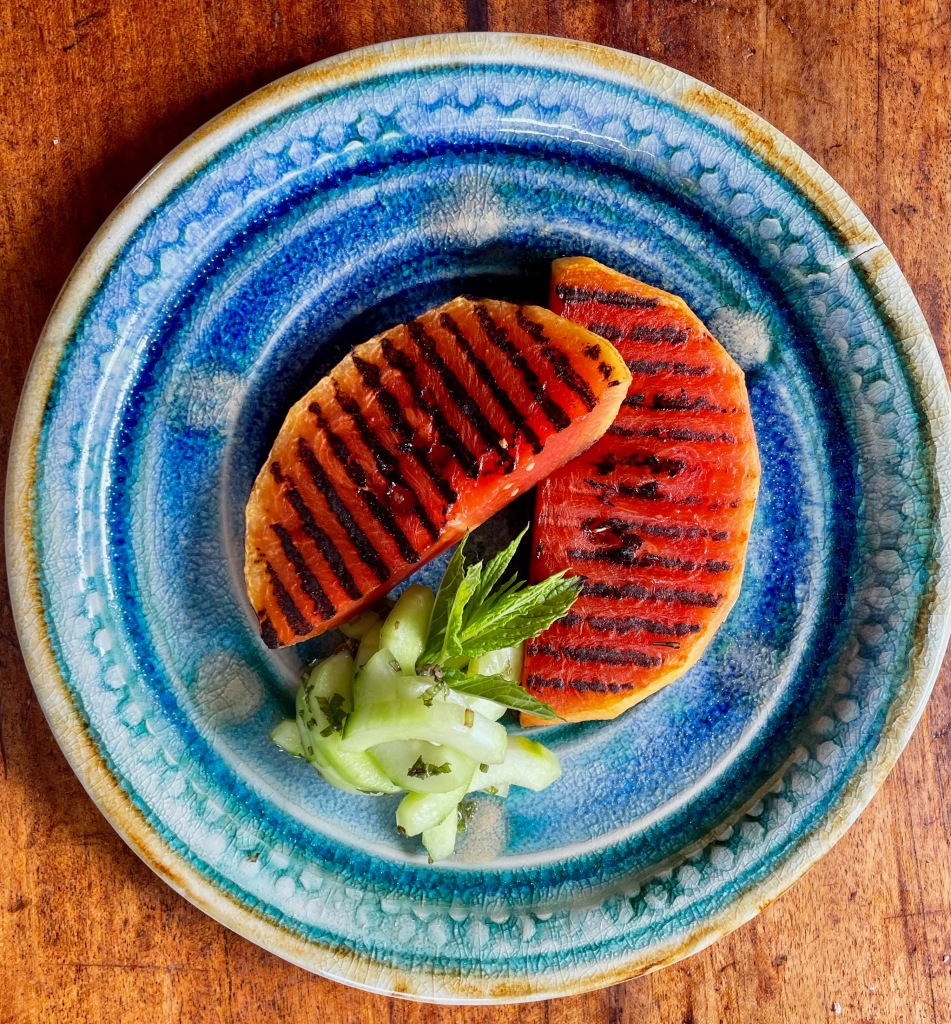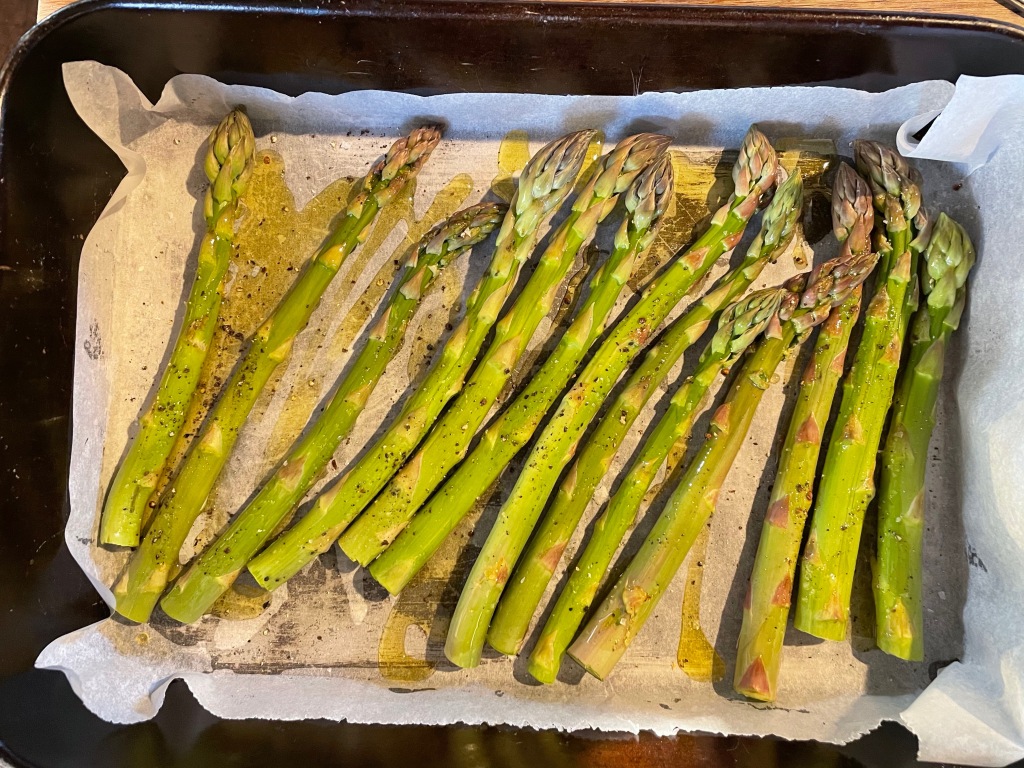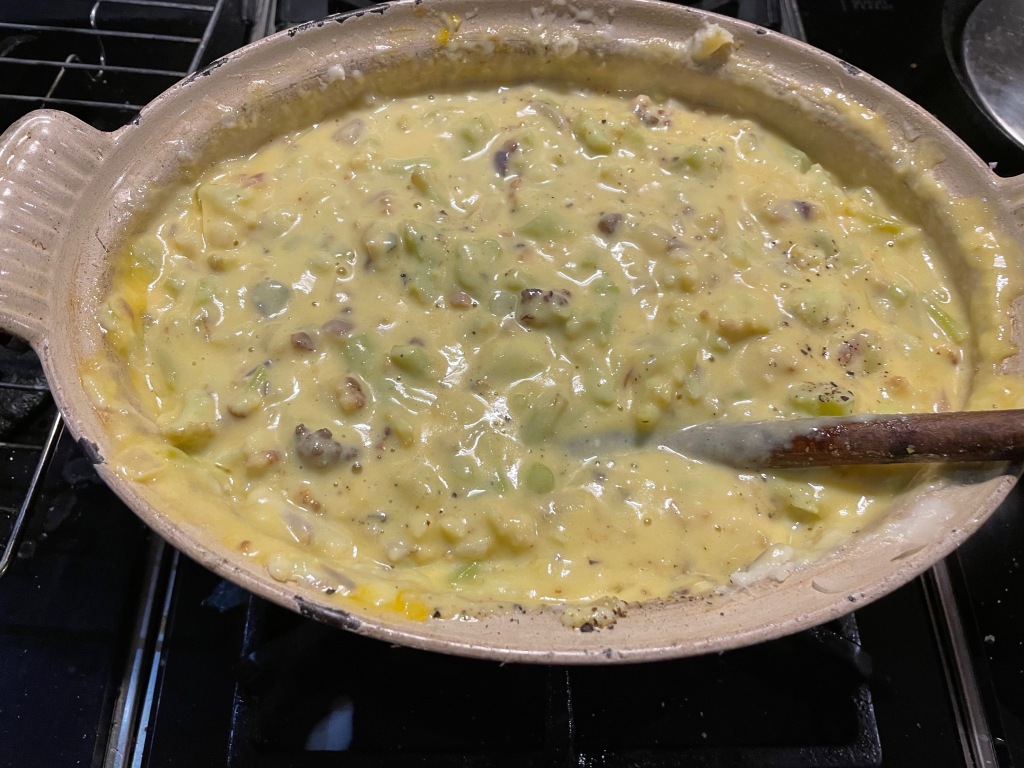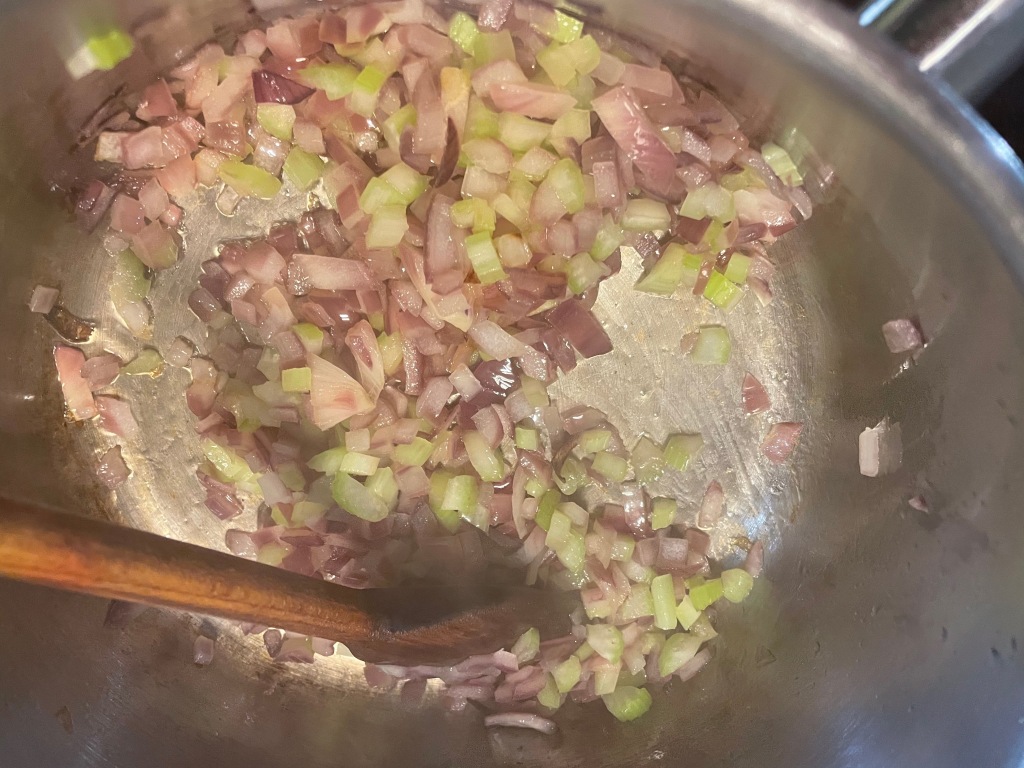
The great Quinoa experiment began back in the spring. With all the talk about world food shortages we decided to experiment. We were curious how some of our pantry staples would grow here.
It was a very domestic experiment. I bought the seeds in Skibbereen market from Brown Envelope Seeds. I had in fact only gone to buy quinoa seed but when I saw the oat and lentil seeds I got very excited and bought a packet of each.
First we planted the seeds into seed compost in little modules. They all germinated no problem. The oats were very robust and the quinoa grew steadily. The lentils were more delicate with frondy leaves which were more of sprawl than upright so we planted half of the lentils in the tunnel and the rest on the experimental bed outside.

Once transplanted to their onward growing space the oats took off. It was hilarious, in no time at all there were a couple of sturdy rows of oats growing. It was a bit of a no brainer that the oats would thrive in this climate but when I eyed the healthy little crop up I realised I had only grown enough to make a bowl of porridge.
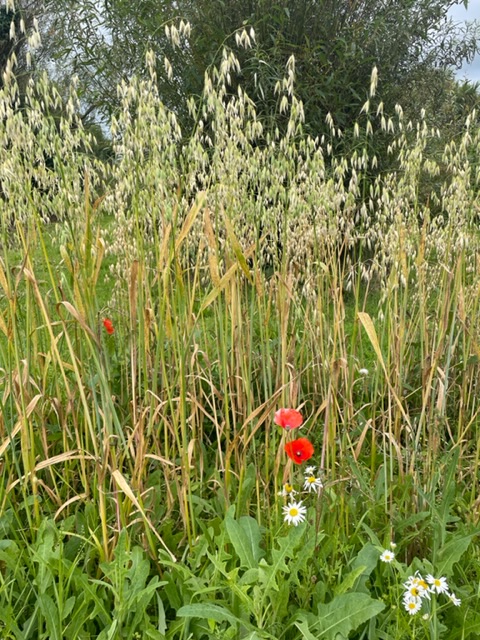
The quinoa was very happy too. It shot up and enjoyed the weather, I reckon it thought it was in the Andes.

The lentils took their time. In fact the lentils that we planted inside keeled over and died but the lentils outside, once they had their roots established, quietly grew.

All three had the summer of their dreams, plenty of sunshine, intermittent rain and a watering service if needed which was very little as all three were quite happy with minimal water as they ripened.
Finally the time to harvest arrived.
The oats were ready first. We cut them down, arranged them in bunches and hung then up to dry. They look beautiful, like something from a life style magazine, and I have to admit they are still there. I was thinking to crush the groats with a hydraulic car jack but haven’t been hungry enough to get around to that yet.
The lentils were next and we sat in the sunshine and picked through them – two lentils in each pod!

It was tedious but enjoyable, sitting outside chatting and sorting until we produced a medium sized bowl of velvety black lentils. They were very cute and very tasty.

The quinoa was harvested a little later then laid out to dry in the glasshouse. We turned it daily to make sure it didn’t go mouldy and as we had such great weather it dried well.

The next task was taking the quinoa seeds from the plant. I tried various techniques and in the end settled for a big metal bowl on my lap, teasing the seeds from the heads.

The quinoa seeds landed into the bowl with plenty of chaff which I tried to pick off – not very successfully. Google advised putting it into a bowl of water, which I did.

The chaff rose to the surface, I skimmed it off and then vigorously agitated the quinoa in the water before straining it through a sieve and repeating. There’s quite a process to clean quinoa as each piece is covered with saponins, which are toxic. Not toxic enough to kill us but enough to make them quite unpalatable. I left it soaking overnight, then rinsed it again, agitating well, then repeated, soaking again overnight.
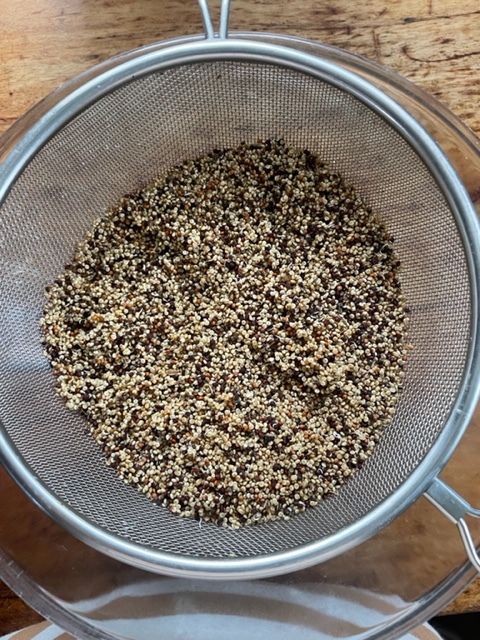
We were on day three of quinoa cleaning at this stage and my curiosity was exceeding my patience so I rinsed and drained the quinoa one final time then laid it out on clean t-towels to dry.
So far, so good. It looked like the real thing.
Next it was time to try cooking it. It took a long time to cook. Ordinarily quinoa is cooked in twelve to fifteen minutes but mine was cooked for at least forty minutes and still retained a healthy nuttiness, which I decided was how it was meant to be – the brain can be very fickle at times.
The final test was the taste test and I have to report that it was absolutely vile. So bad that I had to spit it out and hang my mouth under a running tap. To be sure that it was as bad as I experienced I employed a couple of unsuspecting guinea pigs and in no time at all everyone was running around the kitchen in horror.

We threw the rest of the cleaned quinoa into the chickens, together with the quinoa that we hadn’t yet sorted but the chickens weren’t having anything to do with it. They’ve obviously got good survival genes and we headed of on holiday to Greece!












